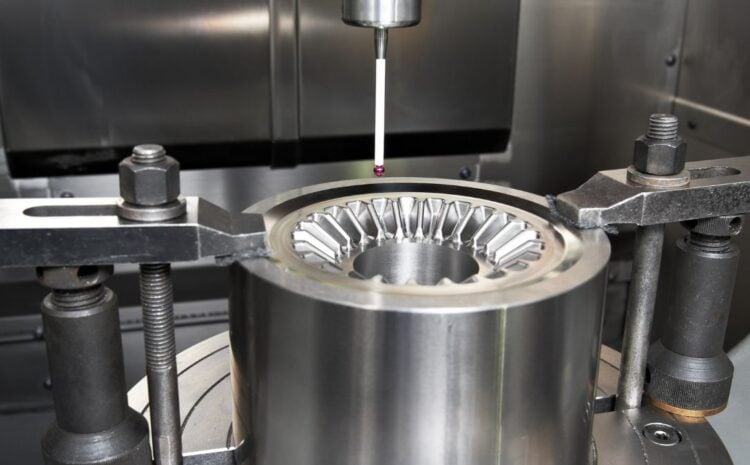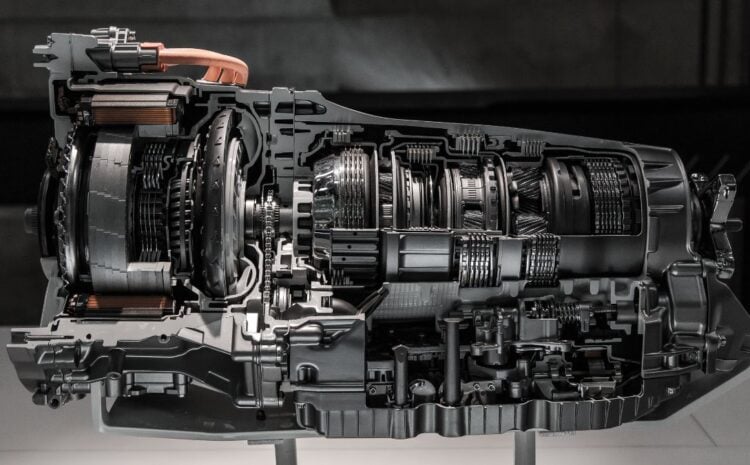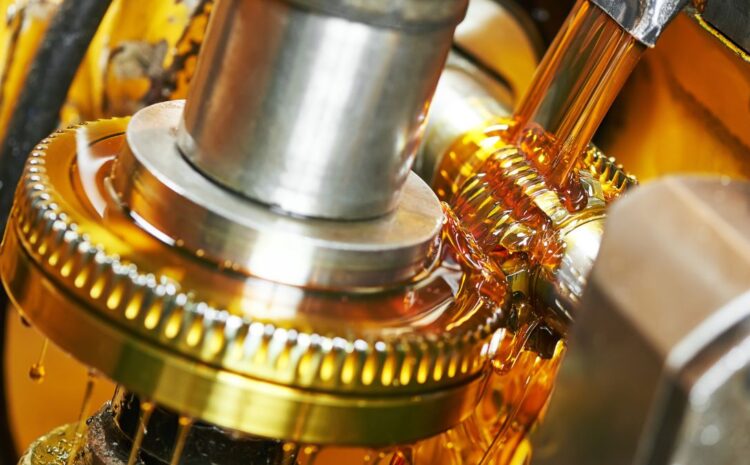Many machines and mechanical systems require gears to function. Manufacturers use gears not only to modify the speed and torque of rotating machinery but also to transfer power and motion between rotating shafts. Guaranteeing the proper operation of gears requires accurate measurement and inspection. Gear metrology can help in this situation.
In order to ensure consistent quality in gear production, gear metrology has been developed as a discipline unto itself. Various forms of measurement equipment and methods are used to check that the manufactured gears are up to spec. We will discuss gear metrology’s significance in the gear manufacturing process, the various gear types, gear design and manufacturing, quality control in gear manufacturing, gear metrology tools, gear measurement methods, factors affecting gear measurement, gear metrology applications, and gear metrology’s future directions.
Understanding Gears
Gears are mechanical components that transmit power and motion between rotating shafts. They are used in many different applications, such as vehicles, aircraft, machinery, and power generation, and come in a variety of sizes and shapes. Spur gears, helical gears, bevel gears, and worm gears are the four most popular types of gears. The choice of each type depends on the particular requirements of the application and each has its own distinct features and advantages.
Gear Design and Manufacturing
The process of designing and creating gears is intricate and involves picking the right gear type, material, and manufacturing technique. Designers typically use computer-aided design (CAD) software for gear design, which enables them to create and test different gear designs before manufacturing. Manufacturers employ various techniques, such as cutting, grinding, heat treating, and finishing, to make gears. To ensure that the final product meets the required specifications, it is essential to carry out each step of the manufacturing process correctly.
Quality Control in Gear Manufacturing
The manufacture of gear must include quality control. To ensure that gears are manufactured to the required specifications and standards, manufacturers employ a variety of inspection and testing methods. Measures for ensuring quality control encompass visual inspection, dimensional inspection, material testing, and non-destructive testing. Utilizing quality control procedures makes sure that the finished product is of the highest caliber by making it easier to spot any flaws or deviations from the required specifications.
Gear Metrology Tools
To measure the dimensions, geometries, and surface properties of gears, gear metrology equipment is used. Gear testers, gear analyzers, gear measuring machines, and gear inspection systems are some examples. Manufacturers design these measuring devices to assess various features of gears, including tooth profile, pitch, runout, and surface finish. Ensuring that gears are produced in accordance with the necessary specifications and standards requires the use of these measuring devices.
Gear Measurement Methods
Measuring a gear entails using a number of different methods and instruments to evaluate its many characteristics. Profile, lead, pitch, and runout measurements are the four most common types of gear measurements. Manufacturers use gear measuring machines, gear testers, gear analyzers, and gear inspection systems as instruments for gear measurement. Properly calibrating and maintaining the instruments used for gear measurement is crucial.
Factors Affecting Gear Measurement
Several factors can affect gear measurement accuracy. The most common factors include temperature, vibration, lubrication, and operator error. Thermal expansion and contraction of the gear and the measuring instrument can affect gear measurement accuracy. Vibration can also affect gear measurement accuracy by moving the gear and measuring instrument. Lubrication can affect gear measurement accuracy because it changes the surface characteristics of the gear and the measuring instrument. Finally, operator error can affect gear measurement accuracy because it can lead to incorrect measurement readings.
Gear Metrology Applications
Gear metrology has various applications in gear manufacturing. The most common applications include gear inspection, gear testing, gear analysis, and gear failure diagnosis.
Gear inspection involves the visual and dimensional inspection of gears to ensure that they meet the required specifications and standards. Its testing involves the use of gear testing machines to test the performance of gears under different operating conditions. Gear analysis involves the use of gear analyzers to analyze the performance and behavior of gears under different loads and conditions. Gear failure diagnosis involves the use of various techniques and methods to determine the cause of gear failure and to recommend corrective actions.
Future Directions of Gear Metrology
The field of gear metrology is continuously evolving as new technologies and methods are developed. Some of the future directions of gear metrology include the development of new measurement methods and instruments, the integration of gear metrology with other manufacturing processes, and the use of artificial intelligence and machine learning in gear metrology. The development of new measurement methods and instruments will help to improve the accuracy and efficiency of gear measurement. The integration of it with other manufacturing processes will help to improve the overall quality and efficiency of gear manufacturing. Finally, the use of artificial intelligence and machine learning in gear metrology will help to automate and optimize the gear measurement process.
Conclusion
Gear metrology is a critical aspect of gear manufacturing. To ensure that gears are manufactured to the required specifications and standards, manufacturers use a variety of measuring tools and techniques. Gear metrology is essential for ensuring the proper functioning of gears and for preventing gear failure. By understanding the importance of gear metrology, the different types of gears, gear design, and manufacturing, quality control in gear manufacturing, gear metrology tools, gear measurement methods, factors affecting gear measurement, gear metrology applications, and future directions of gear metrology, gear manufacturers can produce high-quality gears that meet the needs of their customers.



